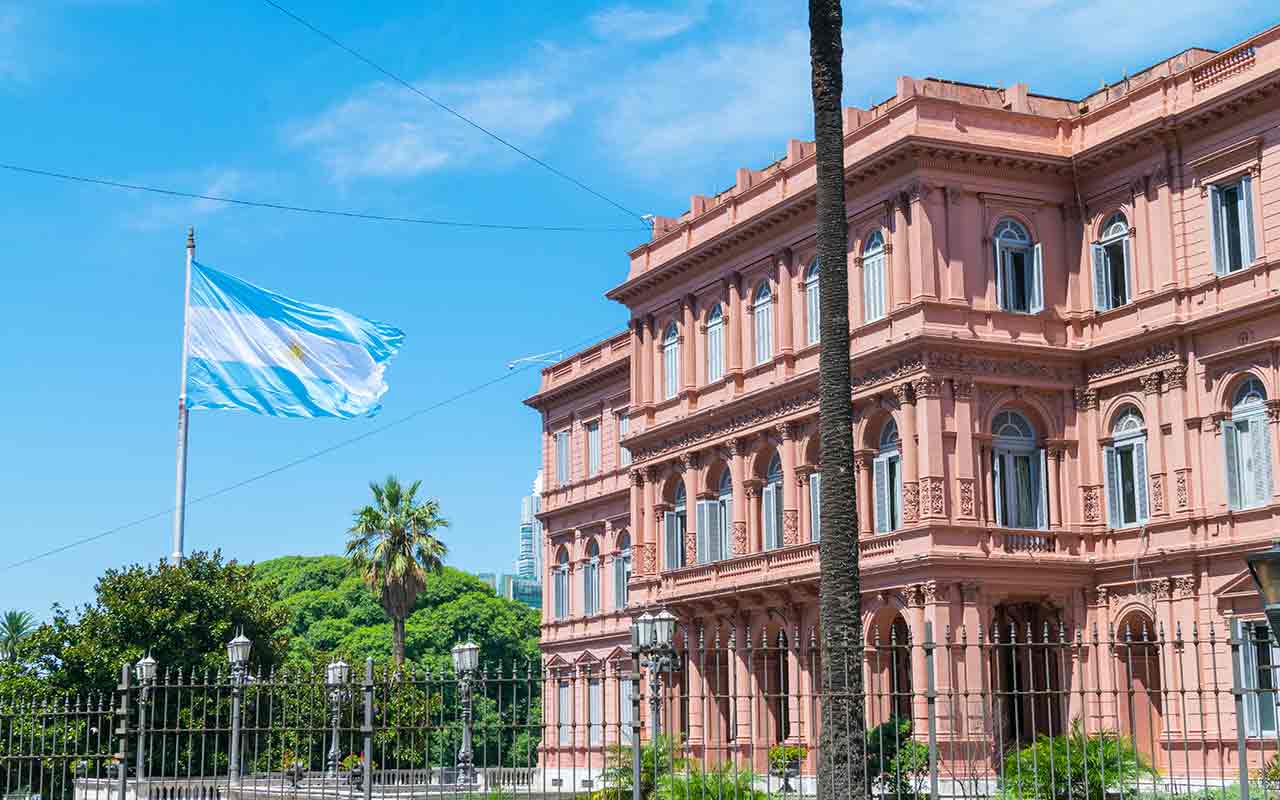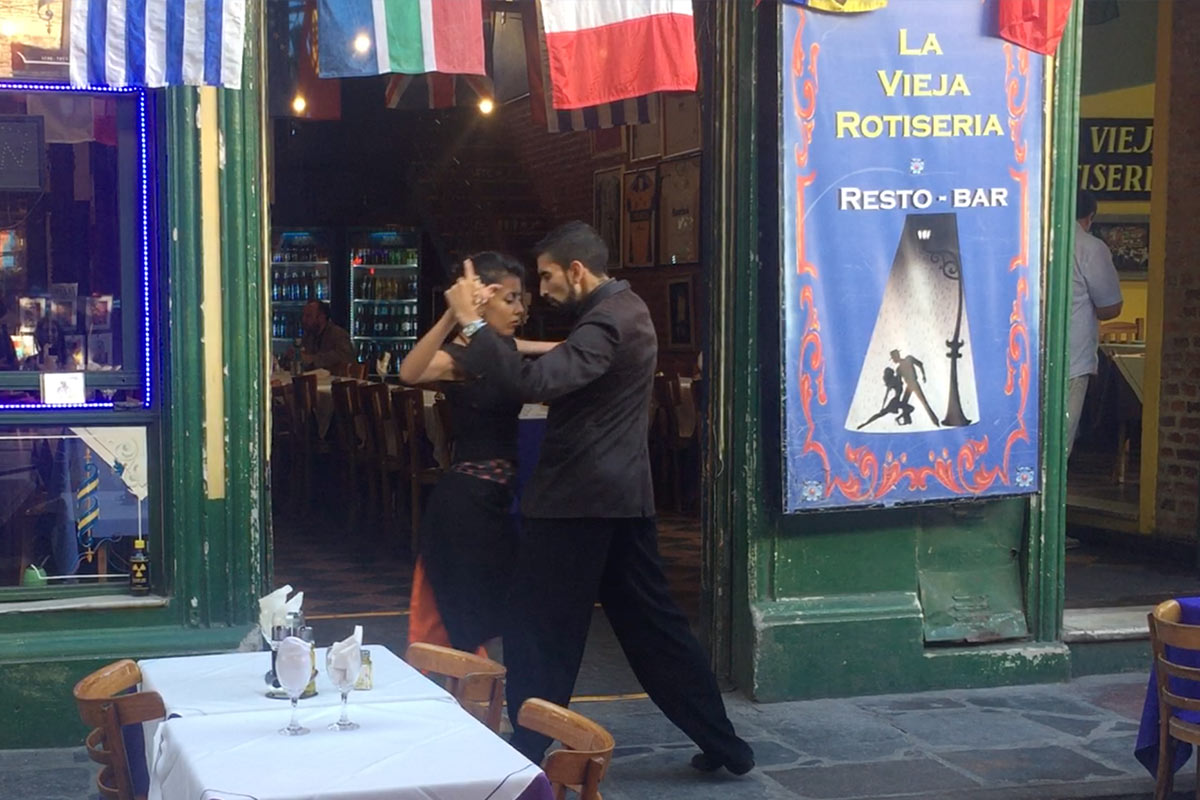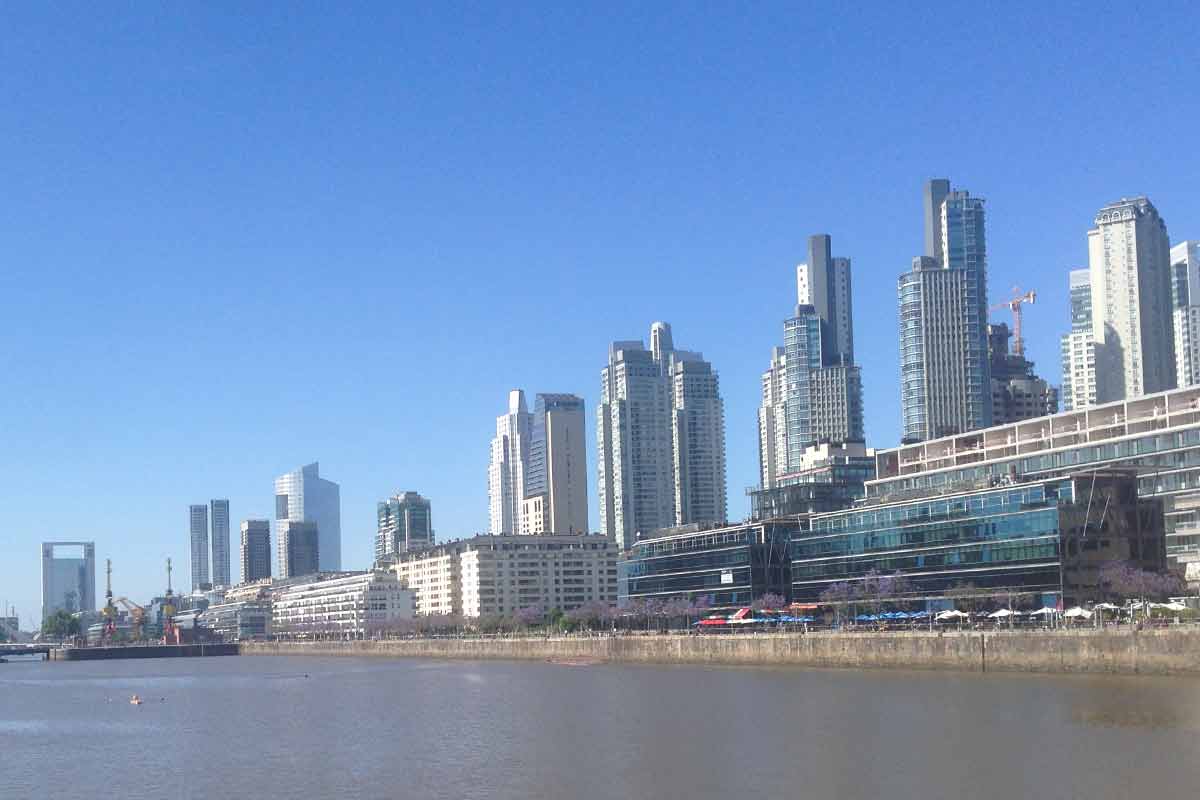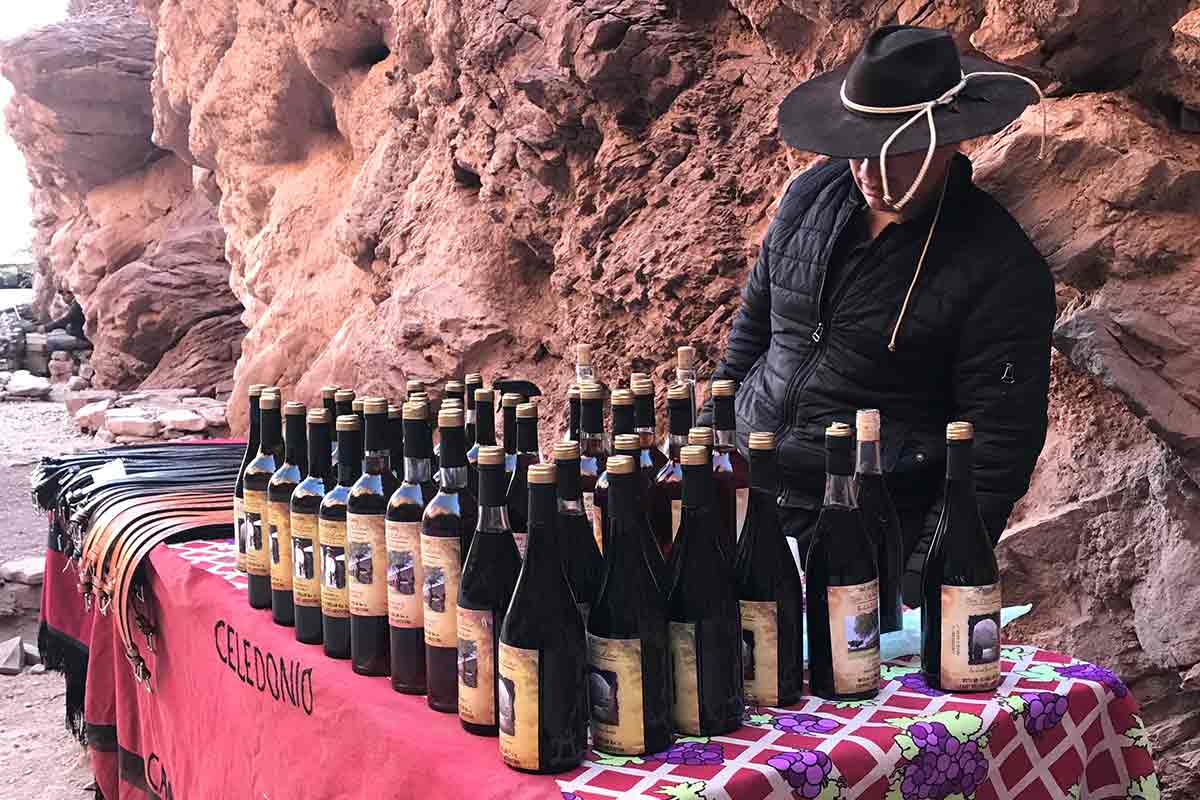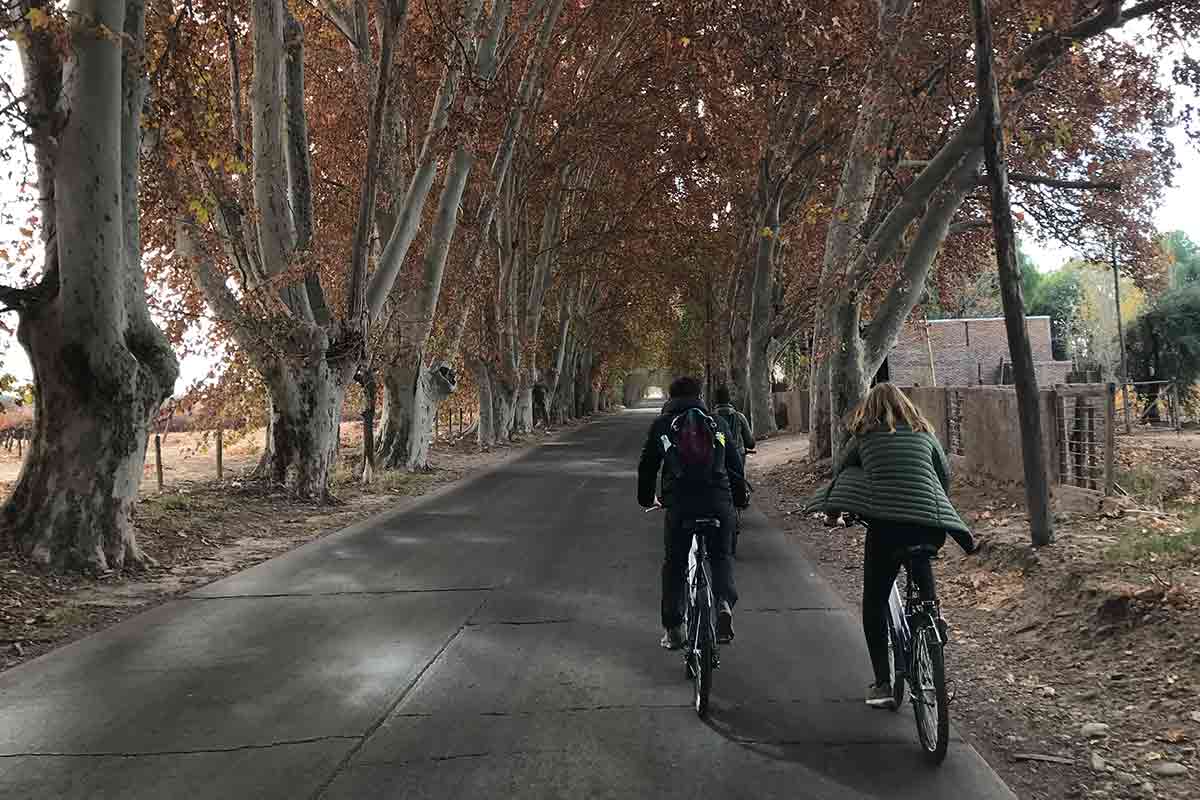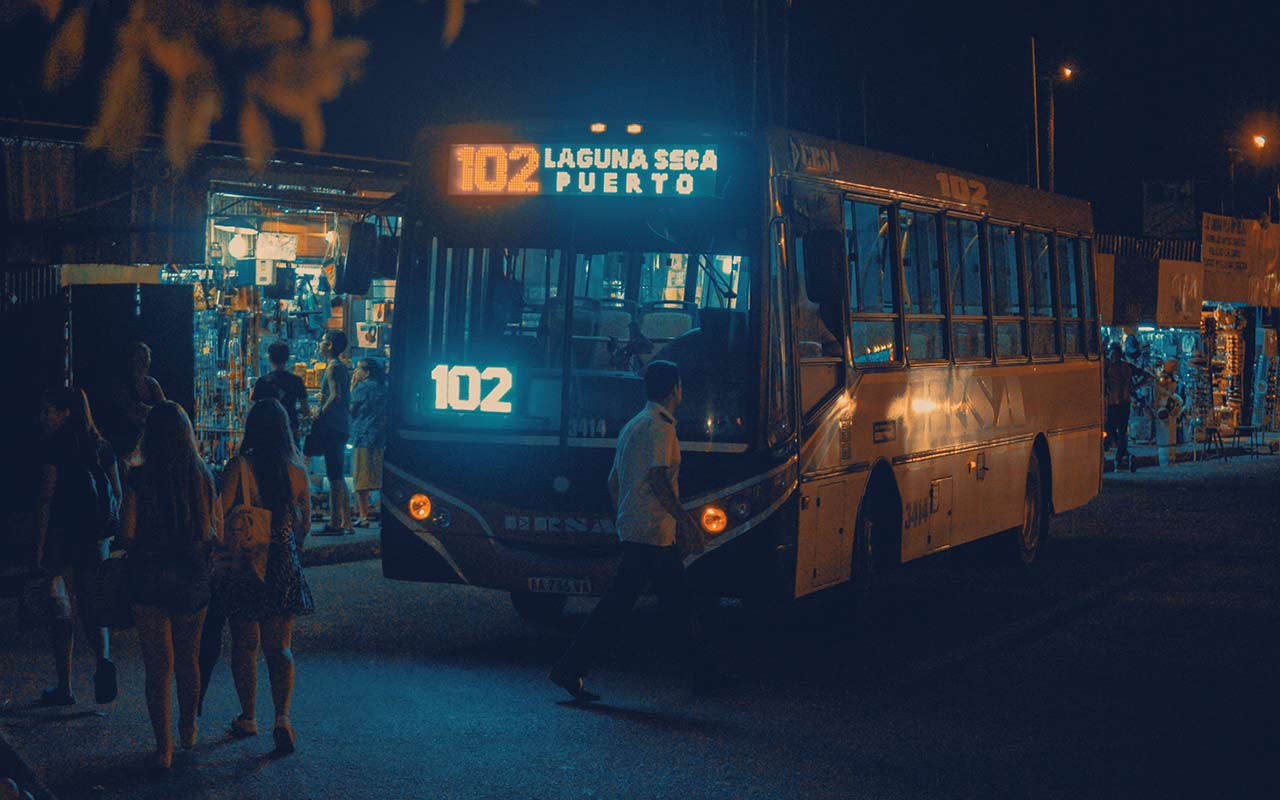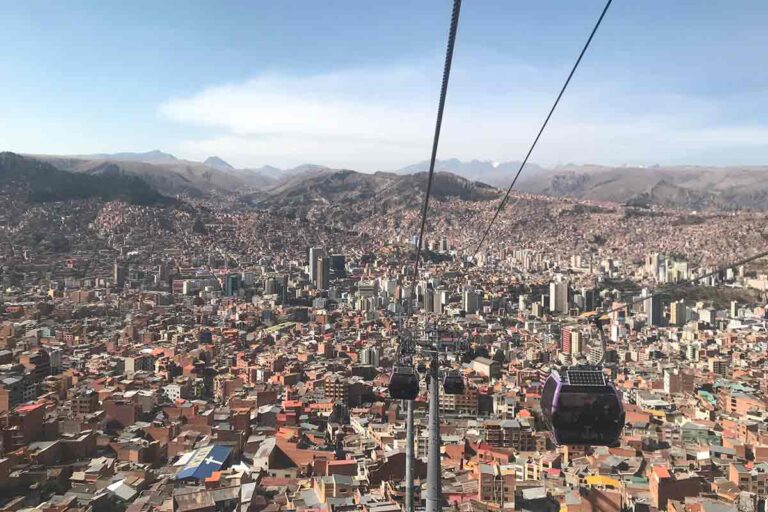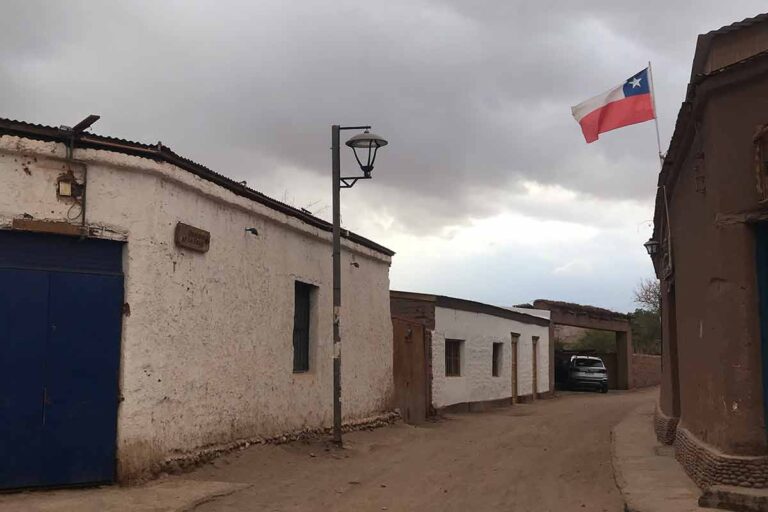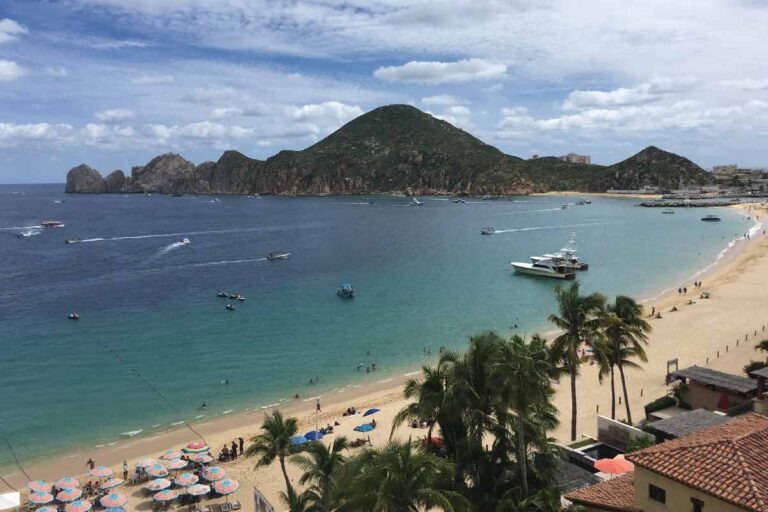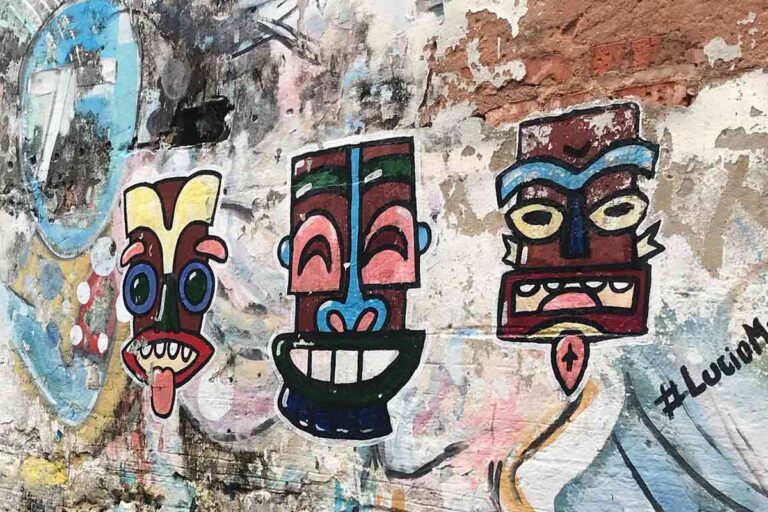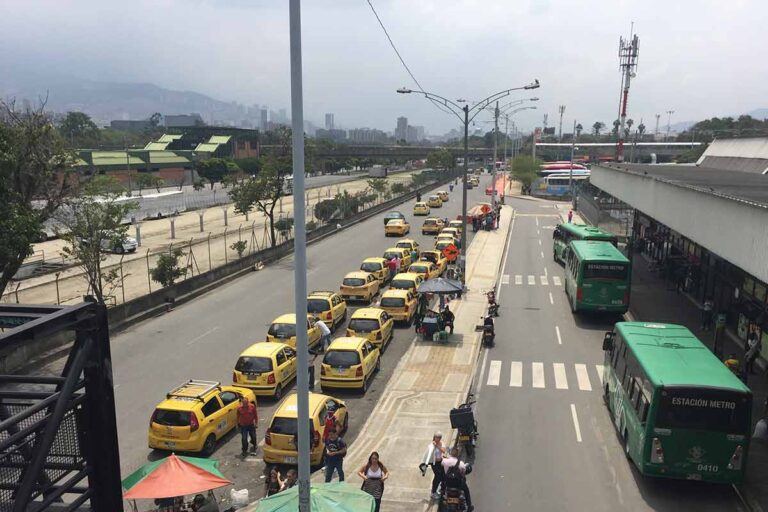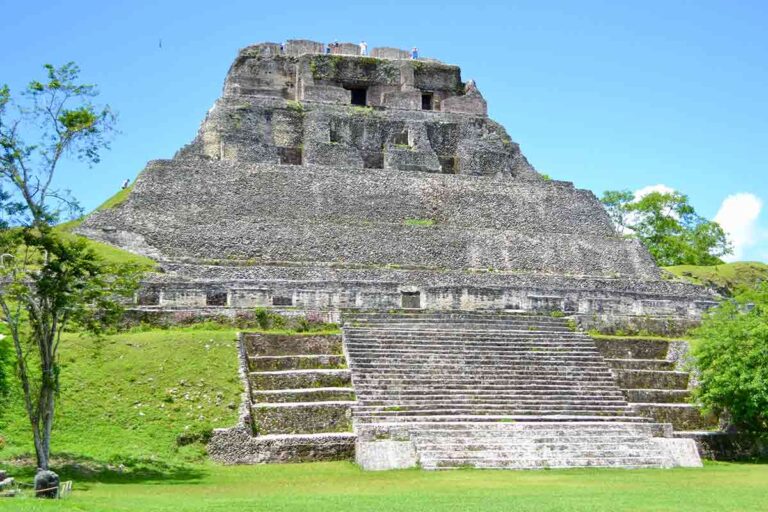Backpacking Argentina Itinerary
Welcome to this backpacking Argentina itinerary!
Argentina is an incredible country to visit because it’s full of exciting cities, a great selection of natural wonders, and many amazing highlights you simply can’t miss.
Backpacking Argentina
There’s also a passionate, romantic culture, and people are very welcoming (depending on where you go), so it’s truly a joy to spend time in this country.
If you’re planning a trip, this itinerary will guide you so you don’t miss any of the gems Argentina has to offer.
Is Argentina worth Visiting?
The passion and elegance of Argentina has long made it one of the must-see’s when traveling to South America.
With its cosmopolitan and vibrant capital of Buenos Aires, to the thundering waterfalls of Iguazú and snowy peaks of Patagonia, get laced up for an epic adventure if you are planning to visit this magnificent country.
BLATAM backpacking data:
- 💰 Currency: Argentine Peso
- 🇦🇷 Language: Spanish
- 🌎 Population Size: 45.4 Million
- 📍 Best Secret: Jujuy
- 🍴 Eat: Asado, Empanadas
- 🥛 Drink: Fernet
- 💸 Average Daily Budget: $20-25
Is Argentina Safe?
Compared to other countries in South America, Argentina is a lot safer, but you still need to take certain precautions because petty crime is a risk.
- Always keep your belongings on you and leave your valuables at home or the hotel/hostel safe.
- Dress to blend in; leave designer clothes and jewelry at home.
- Make a copy of your passport and keep the real one safe.
- Only take as much cash as you need, not more, and get a money belt for extra safety.
- Always be alert when you’re out and about and watch out for basic distraction techniques.
Overall, you’ll be fine in Argentina as long as you practice some common sense and you follow a few simple travel safety tips, which we’ll provide later on.
If you happen to be arriving here after backpacking Brazil or Colombia you may feel less at risk but by no means at all should you let your guard down.
Safety Facts about Argentina
- The best way to evaluate safety is by looking at the 2020 Global Peace Index. This measures the state of peace of each country in comparison with the rest of the World, by evaluating both tangible and qualitative indicators.
- Argentina ranked as 74th out of the 163 nations measured, which is similar to that of Nepal. For comparison, The United States ranked as 121st.
- Argentina has long been one of the safer countries to visit in Latin America, with standards feeling more to that of European countries. In major cities such as Buenos Aires and Mendoza, however, safety can still be an issue in certain areas.
- Theft and robberies are common, especially at night, so avoid going out alone or wearing over-the-top flashy clothes and accessories. In recent times, there has been more political instability so be cautious that riots and large public protests are much more frequent.
See this guide on safety in Argentina for more detailed tips on staying safe.
Argentina Backpacking Itinerary
As we mentioned before, there are plenty of places to visit in Argentina.
Today, we are narrowing it down to 6 of the most important highlights so you can have a great time during your trip.
Buenos Aires
Buenos Aires is the capital city of the country and it’s one of the largest cities in Latin America. It’s known for its European architecture and exciting neighborhoods, so it’s definitely worth a visit.
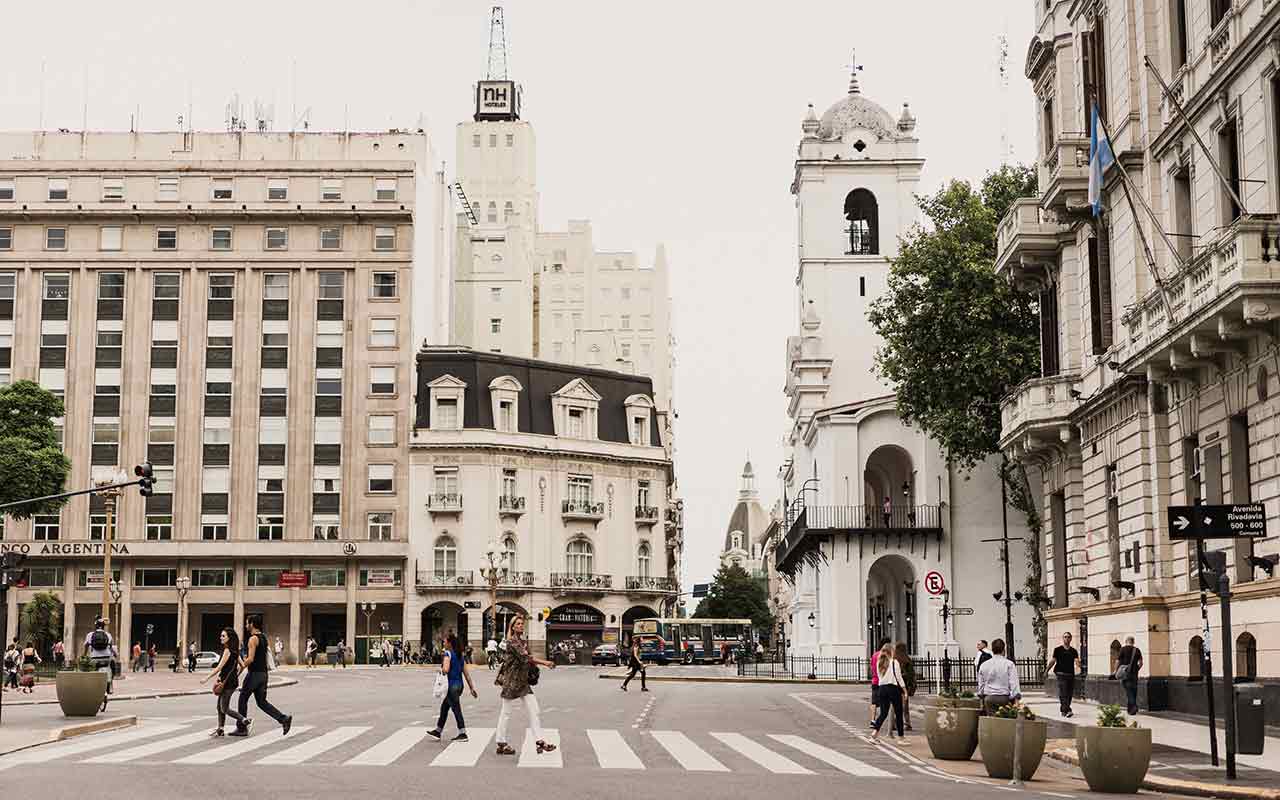
You can visit the best spots of Buenos Aires with a bike tour – the ideal way to see the beautiful sights up close and perfect for outdoor enthusiasts.
There’s plenty to do in Buenos Aires, the birthplace of tango, including visiting art galleries, go to world-class theaters, visit museums, enjoy the lively nightlife, and so much more.
The Obelisco is a must-visit and San Telmo is also a great place known for its active flea markets.
Iguazu Falls
The Iguazu Falls are one of the largest waterfalls on earth and they’re located right on the border between Argentina and Brazil in the Parque Nacional Iguazú.
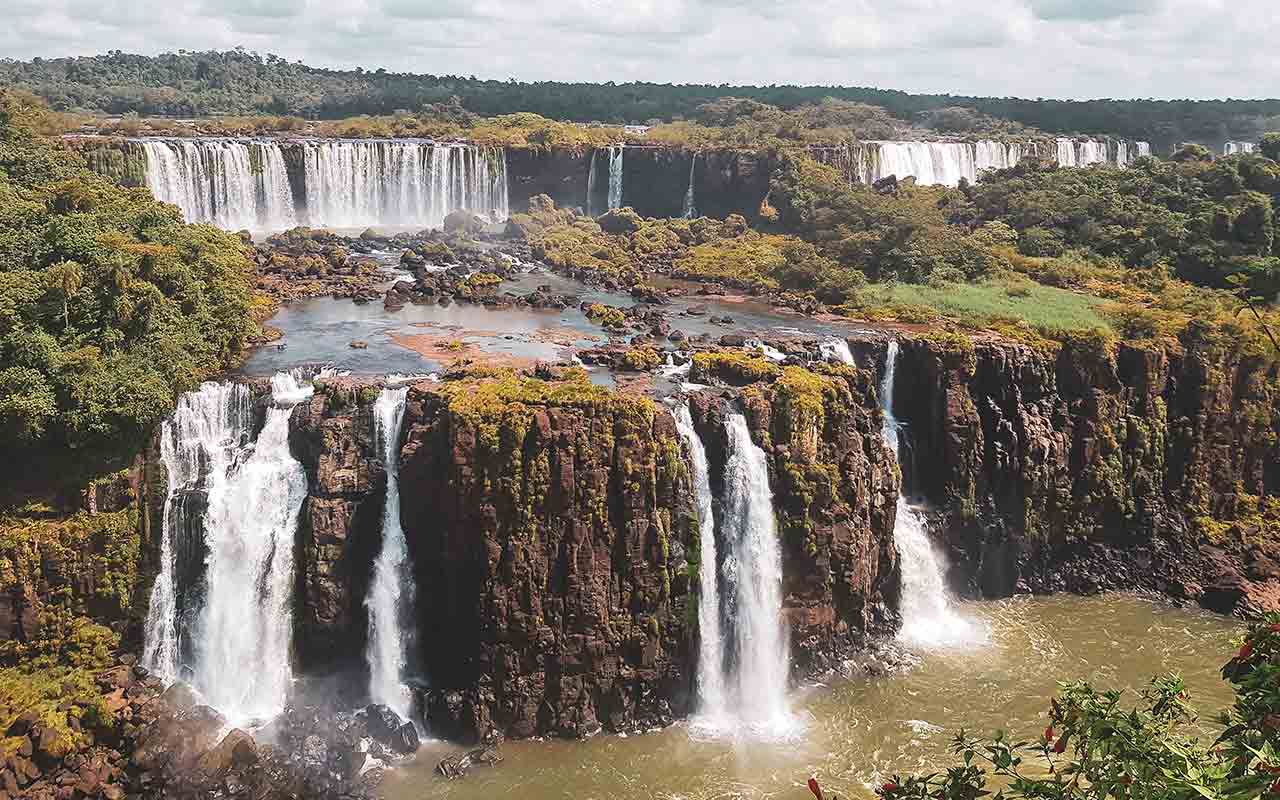
These waterfalls offer an incredible spectacle and they are so beautiful, not to mention the park is bursting with exotic wildlife and it’s home to the last remaining Atlantic rainforests.
We recommend joining this all-inclusive tour to Iguazu Falls, where you’ll have a truck ride through the jungle and boat tour included!
Los Glaciares
The Glaciers National Park is the second-largest park in the country and it’s home to one of the largest ice fields on earth and they are super easy to access.
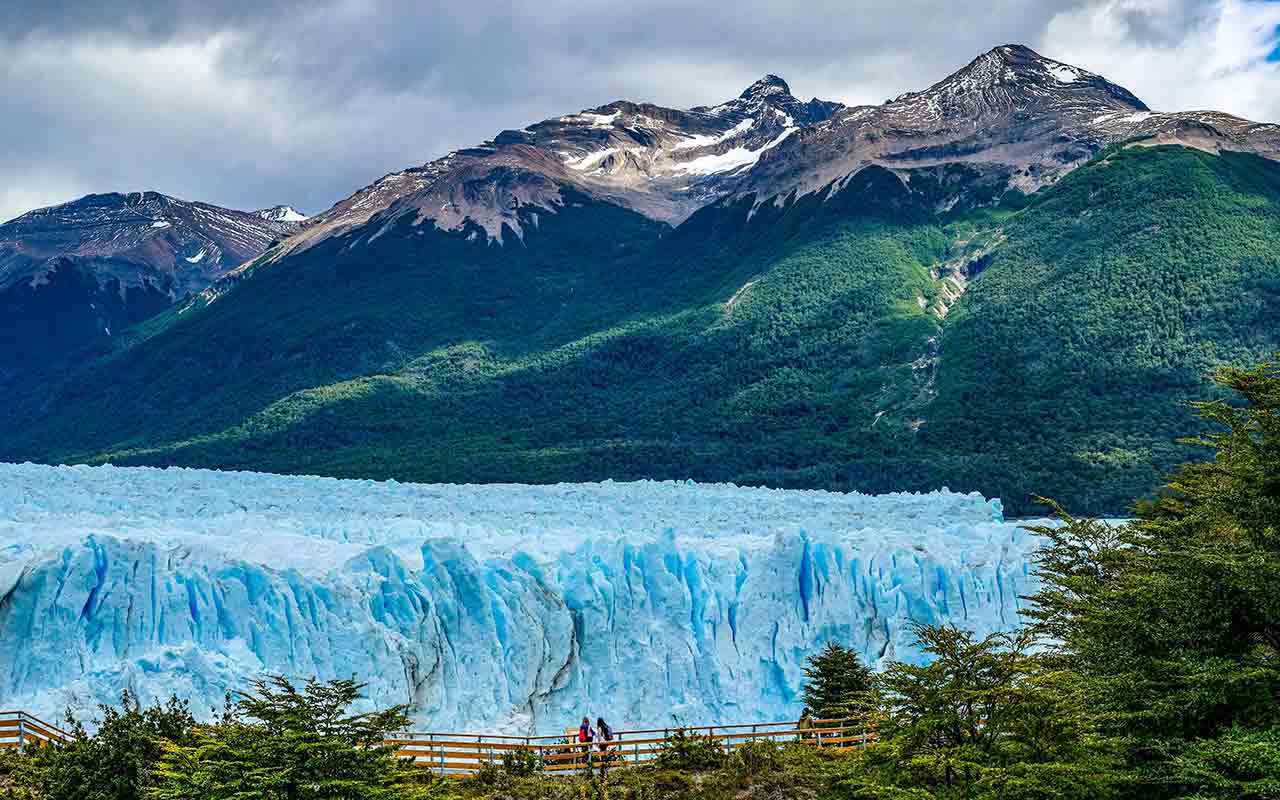
A unique way to explore the stunning glaciers is through a full day boat cruise with lunch – you can eat a sumptuous lunch while admiring the glaciers!
You don’t even have to drive to get there because there are shuttles that will take you straight from the entrance of the park along the Going-to-the-Sun Road.
This road is as scenic as it gets and it provides a breathtaking glacial view. One of the highlights is the Perito Moreno Glacier, where you can do some trekking and rock climbing.
El Chaltén
El Chaltén is a lovely frontier town and even though it’s small, it’s home to Mount Fitz Roy and Cerro Torres, which are two of the most incredible peaks in Patagonia.
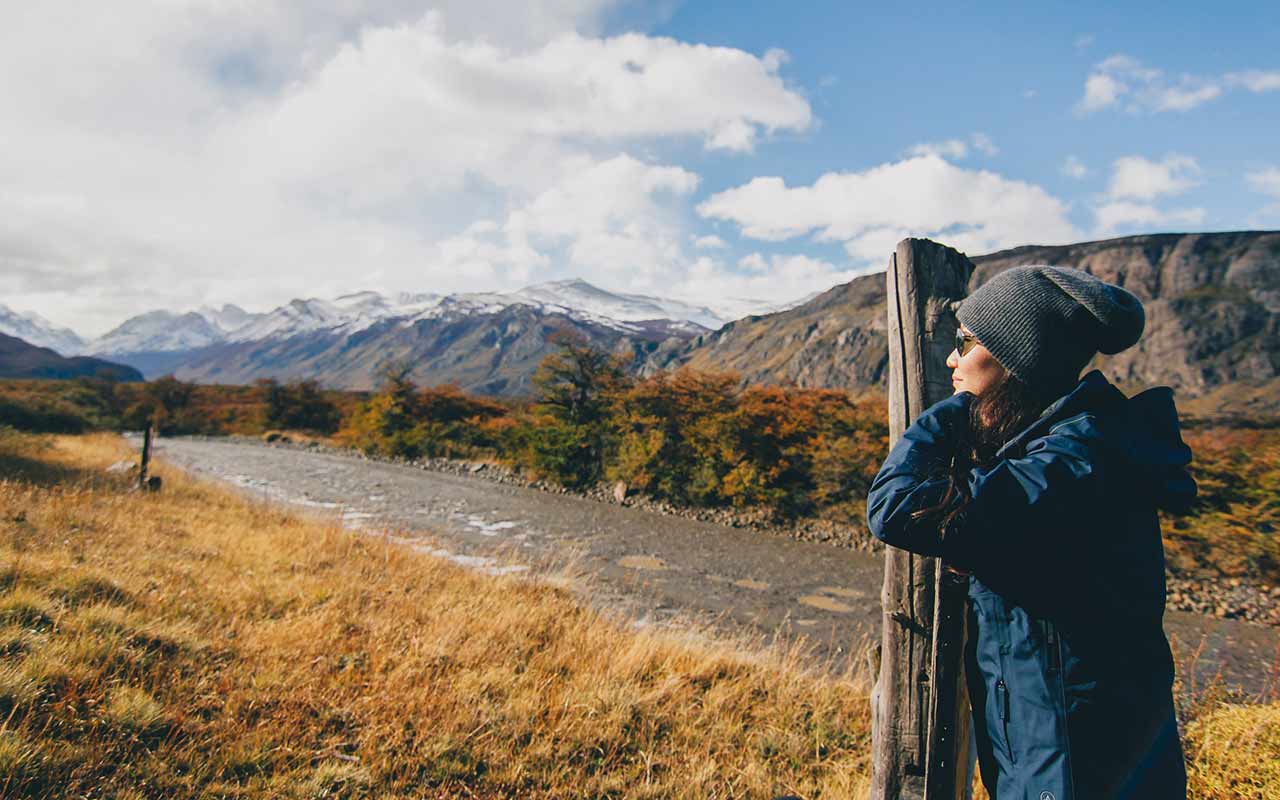
For many backpackers to this town a full day tour with hiking is the best way to visit, as this small town has lots of majestic views to offer. It is also perfect for hiking because there are plenty of trails, trekking, and mountain biking.
Tourists love this village in the summer because it has so many adventures to offer.
Valle de la Luna
This is one of the most unique spots in Argentina and it provides a lunar landscape that’s difficult to believe it’s real.
Valle de la Luna, or Provincial Ischigualasto Park, as it’s also known, is a desert landscape that’s full of amazing rock formations.
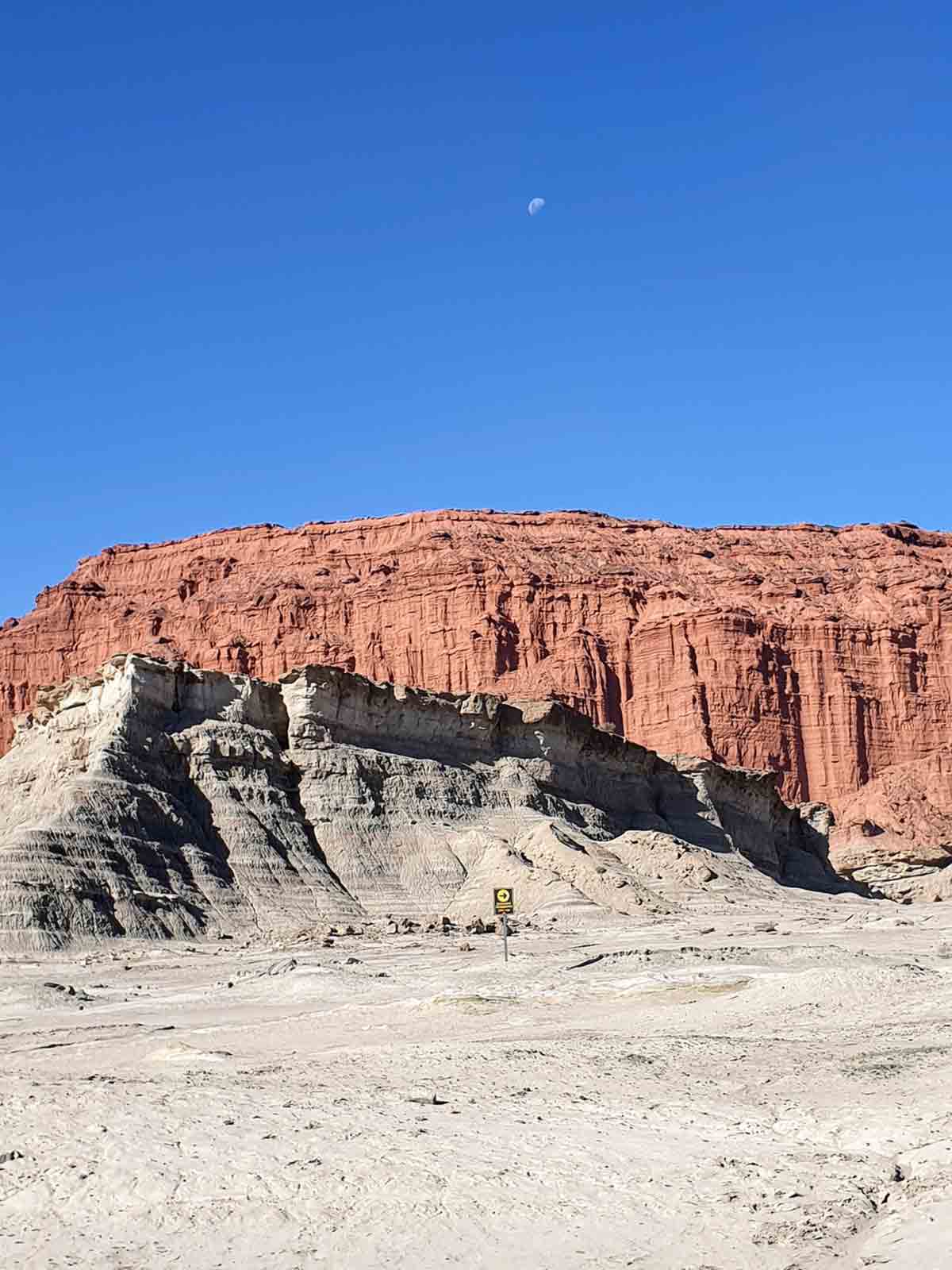
It’s a UNESCO World Heritage Site and it truly makes you feel like you’ve stepped into a different world.
You’ll want to head here with this organized tour. Not only will you explore the surreal rocky formations, you’ll also visit many of its surrounding towns such as Marayes and San Agustin de Valle Fertil.
Mar del Plata
Last but not least, we have Mar del Plata, which is a super popular beach city that has a lot to offer. Including museums, clubs, restaurants, and more, that will allow you to have an amazing time.
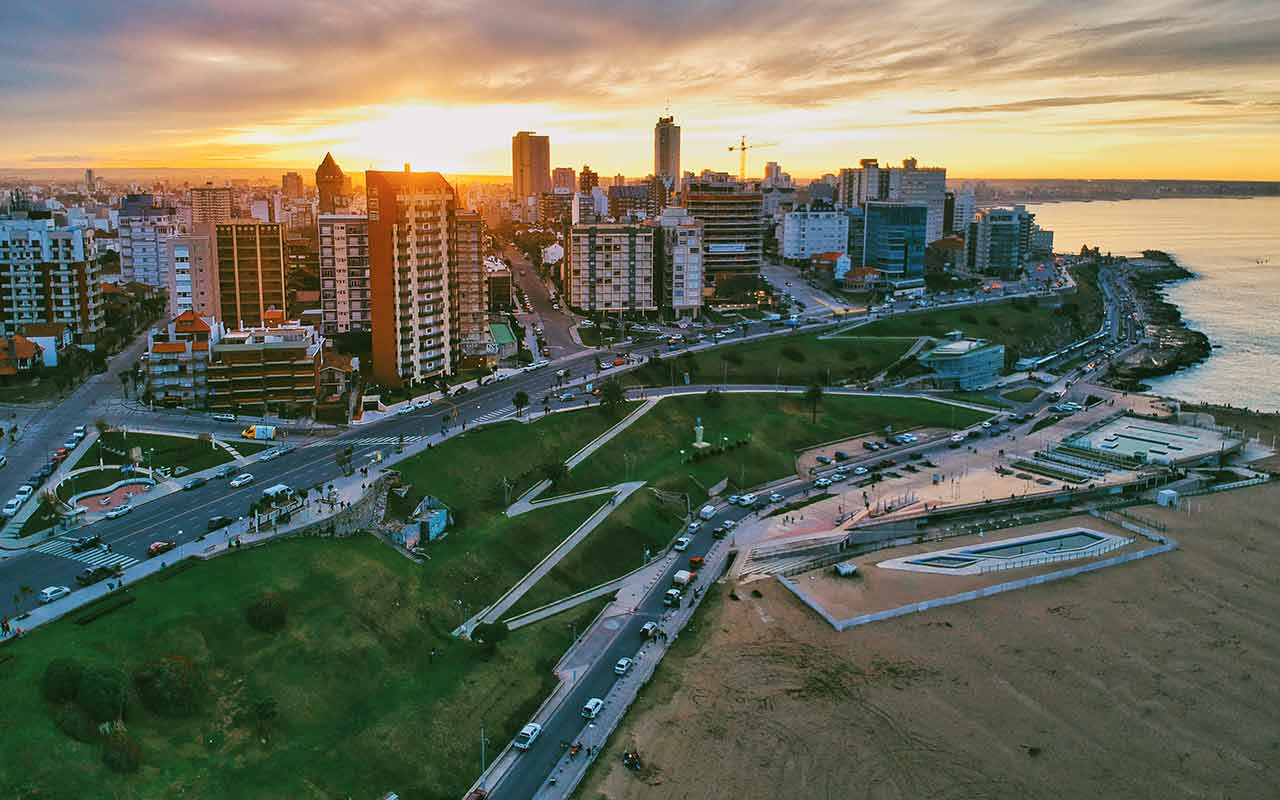
The beaches located in this city are great but they get very crowded during peak season, so keep that in mind and prepare accordingly.
Playa Varese, Playa Iglesia, and Playa Grande stand out, and there’s also Playa Serena and Playa Mogotes, which are quieter and calmer options.
Argentina Itinerary (2 Weeks)
Below we’ll cover our best Argentina itinerary. As well as keeping an eye on time, it’s also been designed to keep things fresh and exciting too for you.
Buenos Aires (Days 1-3)
Kicking off our itinerary in Buenos Aires, the capital is by far the easiest entry point into Argentina. There’s a tonne of international flights arriving here daily from all over the world.
The city is famed for its architecture, and for the absolute best we recommend visiting Teatro Colón and the La Boca neighbourhood.
After you’ll want to spend time walking around Recoleta, which is home to a seriously impressive graveyard (with massive shrines dedicated to the most rich and powerful of Argentina’s illustrious history).
After exploring for the day, you can then watch a Tango show at the Piazzolla, where you’ll also enjoy a selection of Argentinian wines along with a tasty three-course meal
Also be sure to spend time wandering around the area of Puerto Madero, which is full of authentic restaurants where you can try some pretty good steaks, as well as some of the best national wines.
Ushuaia (Days 4-6)
From Buenos Aires we’ll take a flight to the most southern city in the world.
The flight takes around 3 hours, and whilst some would be hoping for a bus, the average time on wheels is around 51 hours (you can head this way if you really want, but for our time-focused itinerary this won’t be possible).
One of the best things to do in town is to take a ferry ride along the Beagle Channel, where you’ll get the best views of Ushuaia, and also some pretty incredible sceneries too.
Other things to do include seeing Penguins on Martillo Island, visiting the Les Éclaireurs Lighthouse (the most southern man-made construction in the world), as well as heading to Valle de Lobos to see the forests on a husky-pulled sled.
El Calafate (Days 7-9)
After getting acquainted with Ushuaia, we’ll now take a bus north to the town of El Calafete, which takes around 15 hours.
Sitting on Lago Argentino (the biggest lake in the country), El Calafete has now turned into a very popular backpacking hotspot, mostly for those wanting to see Perito Moreno Glacier.
This 60m beast towers above the surrounding scenery, and is best seen sooner rather than later, as unfortunately it is shrinking at speed due to Global Warming.
Other must-sees here include the beautiful Lake Nimez which is full of Pink Flamingos among other rare birds, and heading to the charming town of El Chaltén – which is also a base camp for those wanting to hike the jagged peaks of Mount Fitz Roy.
Those who want to hike this awesome mount will want to head with this two-day tour which includes all meals and also a hike up to Cerro Torre.
Bariloche (Days 10-12)
Now we’ll take the longest bus of our itinerary to get to Bariloche (unless you already went full loco getting from BA to Ushuaia).
The average duration takes around 24 hours, so make sure to get prepared with some supplies and warm blankets!
Bariloche is known for being the gateway into the Seven Lakes of Argentina’s Lake District. Some of the best to explore by boat include Villarino, as well as Nahuel Huapi which sits on Bariloche’s shores.
Whilst here, be sure to take the gondola up to the top of Cerro Campanario for the best views of the surrounding region.
Also, if heading during the winter season (from June until September), then this is a great place to go skiing or snowboarding, with over 50 trails in the popular close-by resort of Cerro Catedral. So make sure to get prepared with some supplies like this long-lasting power bank as well as some warm blankets!
Mendoza (Days 13-15)
Last but not least, we’ll head north to the city of Mendoza, which is close to the rugged Andes that separate Argentina from Chile. The bus from Bariloche will take roughly 19 hours.
Mendoza is one of the most popular cities to visit in Argentina, as is renowned for having some of the best wines in the world.
One of the best things to do here is to head off into the nearby Major Valley, where you can rent a bike and explore all of the wineries at your own pace.
Other great trips here include to the Puente del Inca, which is also close to the base camp of Aconcagua – the tallest mountain in South America.
Even if the 18-20 day trek to the summit doesn’t take your fancy, still heading to the mirador (a 3 hour bus from Mendoza) is very much worth it with its spectacular views.
From here you can then either continue exploring Northern Argentina with our action-packed itinerary, or head west into Chile.
And there we have our 2 week Argentina itinerary. Now let’s move on to our most important tips, so you can have the best experience possible here.
Argentina: Travel + Safety Tips
Argentina is one of the safest countries in South America, but you still need to take certain precautions to make sure you’re safe.
⬇️ Below you can find a list of our top recommendations for Argentina:
- Look out for the top rated hostels in Argentina for the most comfortable rooms and meeting like minded people etc.
- Don’t flaunt your mobile devices when you’re in public.
- Buenos Aires is undoubtedly one of the best cities for nightlife in South America. Jet Lounge is the exclusive high-end lounge, whilst Rosebar is a great option for those with varying music tastes, as many different international DJ’s play here most days of the week.
- As cliché as it is, there’s really no beating the steak here. Asado (barbeque) is the way to go in Argentina. Also be sure to try Chimichurri, which is a green salsa made out of garlic, onion, chilli and other condiments which are perfectly blended together.
- If someone tries to rob you, it’s best to not resist, which is why it’s a good idea to only carry essentials.
- Ushuaia, Iguazú Falls, Acongagua Mountain, Museo Nacional de Bellas Artes (Buenos Aires). See this list of top rated tours in Argentina
- Do your research and avoid rough neighborhoods.
- Pickpockets are common in public transport and they often work in groups, so be aware of your surroundings.
- If visiting the entire country, then pack for anything and everything weather-wise. As you’ve seen it can range from hot desert to ice-cold glaciers, so bring a mixture of light clothes and swim-wear when in the North, as well as boots and a thick coat for those dreamy hikes in Patagonia.
- World Nomads offers simple and flexible travel insurance. Buy at home or while traveling and claim online from anywhere in the world.
These tips are easy to follow and they will make feel a lot more confident when you’re in public.
Just make sure you stay out of rough areas and do your research or talk to locals to get a lay of the land.
Traveling Around Argentina
Buses are a great means of transportation in Argentina and they are well-equipped, so they’re comfortable, spacious, and include toilets, air-conditioning, heating, and more.
If not, the semi-sleeper class will be just fine. Make sure you research the schedules and book the tickets online to save you some hassle.
If you want to travel Argentina by bus, you should choose your seats depending on the length of your trip. If the trip is long, splurge on the sleeper class or the executive class.
Research the bus station or the platform and ensure you know how to find it, be there ahead of time, and once you’re on the bus, just enjoy the scenery.
Argentina itinerary Map
Some of our favourite hostels in Argentina include:
America del Sur (Buenos Aires), Mora International Hostel (Mendoza), Cruz del Sur (Ushuaia).
Best time to visit Argentina
We’ve spoken a lot about the best time to visit South America on this blog (George is absolutely obsessed with checking the weather when we travel).
When looking at Argentina’s scope and size on a map, it’s no surprise that the weather can vary extremely in different areas.
For the colder areas, we recommend bringing this insulated Parka for the guys, and also this high-quality Parka for the ladies reading.
Buenos Aires has a relatively predictable weather pattern, with comfortable Summer (daily averages of 72-77°F) and Winter seasons (54-59°F) which are similar to that of Southern Europe. It’s also quite similar for other major cities such as Mendoza.
Patagonia is a whole different beast when it comes to climate and temperatures. Located in the extreme-south, temperatures often border freezing, and can feel colder due to the South Atlantic winds that pass through. Some backpacking gloves to protect your hands can go along way.
In Ushuaia, summer temperatures can range from 45-50°F, however in the winter, averages can reach down to a bitter 30-34°F (for Latin American standards that is!).
What to pack for Argentina
Now we know more about Argentina and its varied climate, let’s talk about what you’ll need when heading here.
As we have seen, the northern parts can be quite comfortable and sometimes hot if heading in the summer.
Heading further towards Northern Argentina where the borders with Bolivia and Brazil (along the Paraná River) can get even hotter, so if you’re planning to head here then be sure to bring lots of light layers with you.
In Patagonia, it will be cold regardless of when you visit, so bring thermals, lots of layers and also protective sunglasses (as the sun here can be pretty intense, especially when there Is snow that creates glare).
As well as these, in terms of packing, you’ll want to bring the usual essentials such as toiletries, document holders, hiking boots, towels, a water bottle as well as a day-pack for any excursions you’ll be taking part in.
Depending on when and where you want to go, you’ll also want to consider bringing sun-cream and mosquito repellent.
Got travel insurance for Argentina?
Backpacking Argentina: Final Words
As you can see, Argentina has a lot to offer, much more than we were able to cover today.
However, this itinerary will take you through the best highlights and we recommend you use it as a reference before and during your trip so you can make the most out of your time in the country.
Are you still looking for ideas? See our backpacking South America for even more itinerary ideas and a general look at where to go on the continent.
👉🏽 P.S. If you’ve found this guide helpful, buy us a coffee here to say thanks! Or, support us by downloading our South America Travel Bible to get our best content.
“Dear traveler! Some links in this post contain affiliate links. Meaning, if you click through and make a purchase, book a hostel or sign up for a tour, we may earn a small commission at no additional cost to you. Your support means a lot and helps us to carry on traveling and maintaining the quality of this site for you.”

